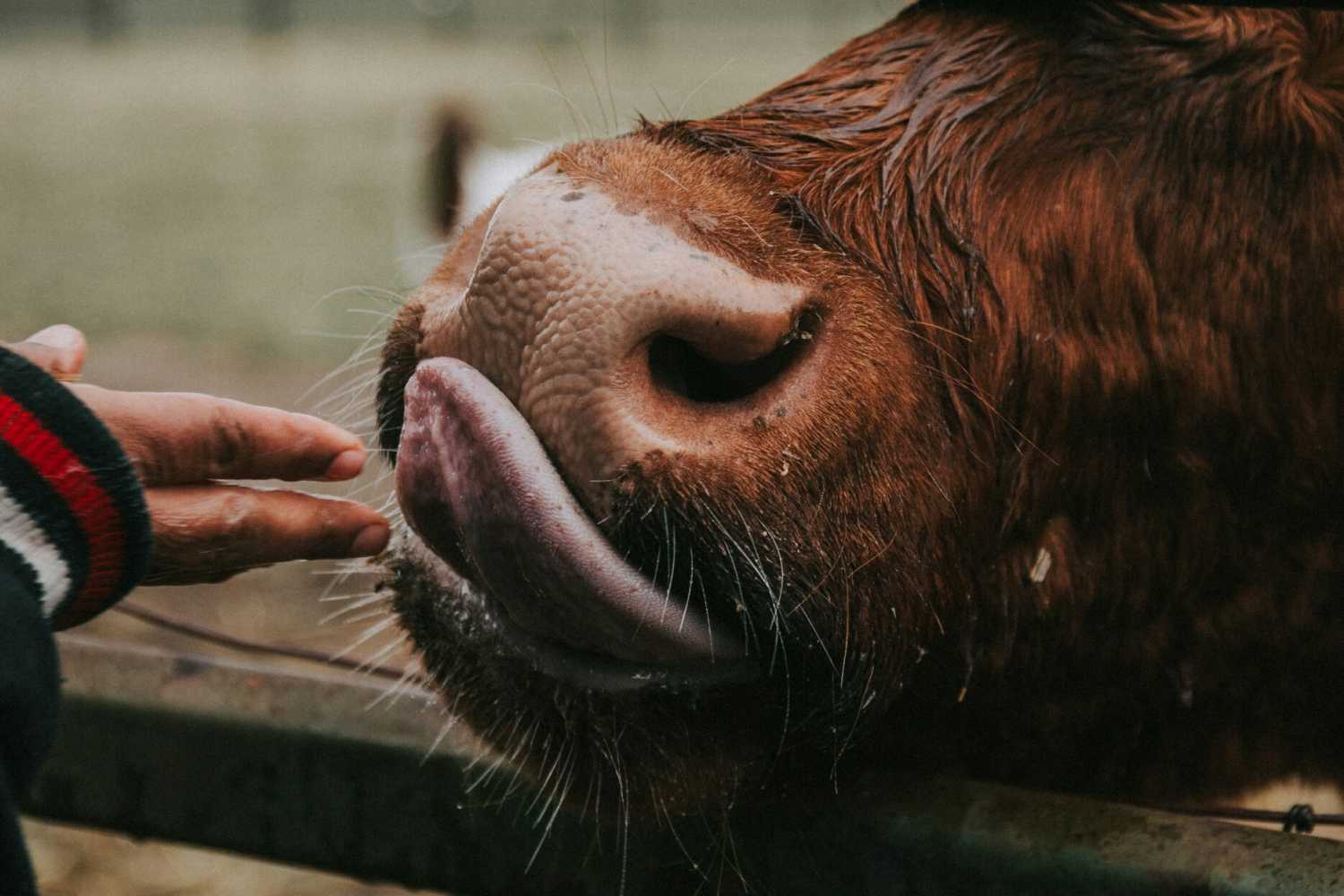Long time ago in 20th century, Calvin Schwabe coined the concept of “one medicine”. It is an emerging concept that aims to bring together human, animal, and environment to prevent and treat infectious diseases. Data shows that 60% pathogens that causes sickness in humans come from animals and 75% of emerging disease is classified as zoonosis. In 2004, Wild Conservation Society came up with the concept called “one health, one world” through 12 Manhattan Principles that encourage world leaders, health communities, and institutions to prevent zoonotic diseases together and save the ecosystem. In 2008, international organizations, such as FAO, OIE, WHO, World Bank, UNICEF, and UNSIC are collaborating to create a strategy to reduce emerging and reemerging disease risk as a concrete contribution to the concept “one health, one world”.
In 2009, One Health office is officially built in Centers for Disease Control and Prevention (CDC) which is located in DeKalb Country, Georgia, USA because of the initiative of Lonnie King, the national director of zoonosis diseases center. In the following years, One Health is continuously recommended in many programs all over the world. For example, WHO and OIE once created a standard prevention and control method in human and animal health called International Health Regulation (IHR) and Performance of Veterinary Service (PVS) which are used globally. United States Agency for International Development (USAID) also created Emerging Pandemic Threats (PET) program as the fundamentals of One Health implementation in Southeast Asia. That program is the start of The South East Asia One health University Network (SEAHOUN) and INDOHUN (The Indonesia One health University Network). We, INDOHUN, have been active since January 2012 as the place where experts, stakeholders, scientists, community, and professionals in Indonesia collaborate and contribute to One Health issues regionally and globally.
In Indonesia, pandemic diseases is getting worse, such as avian influenza, rabies, tuberculosis, dengue fever, and many more. The government then implemented the One Health system and encourage multidiscipline collaboration to anticipate and treat pandemic diseases in 2013. At that time, the system was running in 4 ASEAN countries and 40 local universities in Indonesia, including Universitas Gajah Mada (UGM), Universitas Indonesia (UI) and Univeritas Pertanian Bogor (IPB). That year, Dengue fever incidence was still very high (27,6 new cases in every 100.000 people). 2 years later, WHO, OIE, and FAO organized a conference in Geneva and invited countries all over the world. The conference resulted in an agreement plan called Global Elimination of Dog Mediated Human Rabies by 2030 which then becoming the birth of World Rabies Day 2017 (28 September) and the movement #ZeroBy2030. The world hopes that we can eradicate rabies as we eradicate smallpox in humans and rinderpest in animals.
And then in 2017, Ministry of Agriculture also published similar targets regarding rabies prevention, especially in Papua and Papua Barat (2017-2018), Sitaro Island in North Sulawesi (2018), also Nusa Penida, Ceningan, and Lembongan in Bali 92018-2019). This year, a big collaboration involving Ministry of Agriculture, Ministry of Health, Ministry of Environment and Forestry, and Coordinating Ministry of Human Development and Culture successfully published a One Health strategy to prevent and treat zoonosis and infectious diseases.
Yes, we do still have a long way to go. Looking back, One Health has created such a big improvement in a few years. Both roles—government and local communities—are equally crucial to successfully achieve the One Health dream. We’re hoping that this remarkable beginning to One Health continues to expand, so that the major emerging diseases can be eradicated in the future, one at a time.
